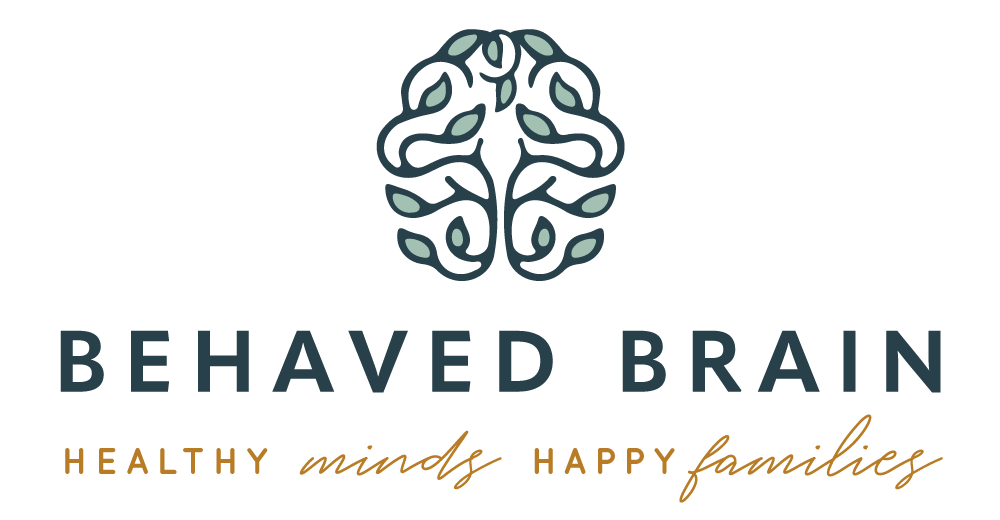Ditch Processed Foods for Better Gut & Brain Health
Why Cleaning Out Your Pantry Matters
Emerging research shows that ultra-processed foods are linked to a variety of health issues — especially in children whose brains and guts are still developing. Studies have connected high consumption of processed foods to:
– Gut dysbiosis (imbalanced gut bacteria)
– Increased inflammation
– Mood disorders, anxiety, and attention issues
– Cognitive decline and poor academic performance in children
A recent study published in JAMA Neurology found that individuals who consumed the most ultra-processed foods had a 28% faster rate of cognitive decline compared to those who consumed less.
Additionally, artificial food dyes—common in children’s snacks—have been shown to contribute to hyperactivity and behavioral issues.
The gut-brain connection is real. When the gut is inflamed or imbalanced, it sends stress signals to the brain. A diet full of seed oils, excess sugar, and synthetic additives worsens this cycle. So now that we know many of the commercial foods we buy are no good, here’s a rundown explaining how to clean out your pantry, and replace those foods with better options.
Step 1: Know What to Look For
Ingredients to Toss:
– Industrial Seed Oils: Canola, soybean, corn, cottonseed, safflower, sunflower (unless cold-pressed)
– Refined Sugars: High-fructose corn syrup, glucose syrup, cane sugar (especially in large amounts)
– Artificial Sweeteners: Sucralose (Splenda), aspartame, acesulfame potassium
– Artificial Food Dyes: Red 40, Yellow 5, Yellow 6, Blue 1
– Preservatives & Additives: BHT, BHA, TBHQ, sodium benzoate, carrageenan
– Highly Processed Carbohydrates: Packaged cakes, cookies, chips, and white bread with more than 5-7 unrecognizable ingredients
Step 2: Pull Everything Out
Lay it all on the counter or kitchen table. Go shelf by shelf:
– Check cereals, snack boxes, granola bars, canned soups, sauces, and condiments.
– Flip over the label — check the first five ingredients.
– Watch out for sneaky sugar under names like maltodextrin, evaporated cane juice, and agave nectar.
Step 3: The Toss or Keep Test
Ask yourself:
– Does this contain seed oils?
– Is sugar in the top 3 ingredients?
– Does it contain dyes, preservatives, or words I can’t pronounce?
– Does it have more than 5-7 ingredients total?
If the answer is “yes” to any of the above, it’s a candidate for the toss pile.
Step 4: Replace with Healthier Alternatives
Swap These Common Pantry Staples:
Toss This -> Replace With This
– Vegetable/Canola Oil -> Avocado oil, olive oil, coconut oil, ghee
– Sugary Cereals -> Organic oats, homemade granola, grain-free cereals (e.g., Three Wishes, Catalina Crunch)
– Chips & Crackers -> Siete grain-free chips, Simple Mills almond flour crackers, Popcorn with olive oil
– Packaged Cookies -> Hu Kitchen cookies, homemade versions with almond or coconut flour
– Fruit Snacks with Dyes -> That’s It fruit bars, organic dried fruits, homemade gummies with grass-fed gelatin
– Sugary Granola Bars -> Lara Bars, RX Bars, or homemade nut/seed bars
– Store-Bought Pasta Sauce with Sugar -> Rao’s Homemade (no sugar), Primal Kitchen, or homemade versions
– Peanut Butter with Hydrogenated Oils -> Natural peanut butter (just peanuts & salt) or almond butter
– Boxed Mac & Cheese -> Annie’s Organic (better but still occasional) or homemade cheese sauce with clean ingredients
– Soda & Juice Boxes -> Spindrift, Olipop (gut-friendly), or fresh fruit-infused water
Step 5: Stock Up on Gut & Brain-Friendly Staples
Healthy Pantry Essentials:
– Avocado oil, extra virgin olive oil, coconut oil
– Raw nuts and seeds
– Nut butters with no added sugar
– Canned wild-caught salmon, sardines, or tuna
– Bone broth or shelf-stable broth with no additives
– Organic beans and lentils
– Brown rice, quinoa, cassava flour, almond flour
– Dried fruit with no added sugar (dates, apricots, raisins)
– Natural sweeteners: honey, maple syrup, monk fruit, or stevia (sparingly)
– Shelf-stable fermented foods: sauerkraut, pickles (with no preservatives)
– High-quality protein snacks: grass-fed jerky, Epic bars
How This Impacts Your Child’s Brain and Gut
Gut Health: A diverse, fiber-rich diet fosters healthy gut bacteria, which impacts everything from digestion to mood regulation.
Cognitive Benefits: Studies show diets high in omega-3s, antioxidants, and low in processed sugars improve memory, focus, and emotional regulation in children.
Behavior & Mood: Removing dyes, sugars, and artificial additives is associated with fewer tantrums, better attention, and improved sleep quality in children.
Step 6: Teach Your Kids Along the Way
Turn this into a family activity. Let kids read labels with you. Explain why certain foods are “sometimes” foods and why others help them grow strong, think better, and feel happier. Have them help pick out new healthy snacks at the store.
Step 7: Progress Over Perfection
You don’t have to throw everything away overnight. Try this: Use up what you have while planning better choices next time you shop. Start small — maybe begin with snacks, then move to sauces and baking ingredients.
Remember
Cleaning out your pantry is one of the most powerful steps you can take to improve your family’s gut and brain health. Start small, stay consistent, and remember—you’re building a foundation for lifelong wellness!







